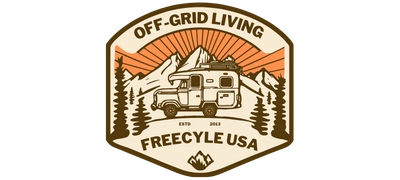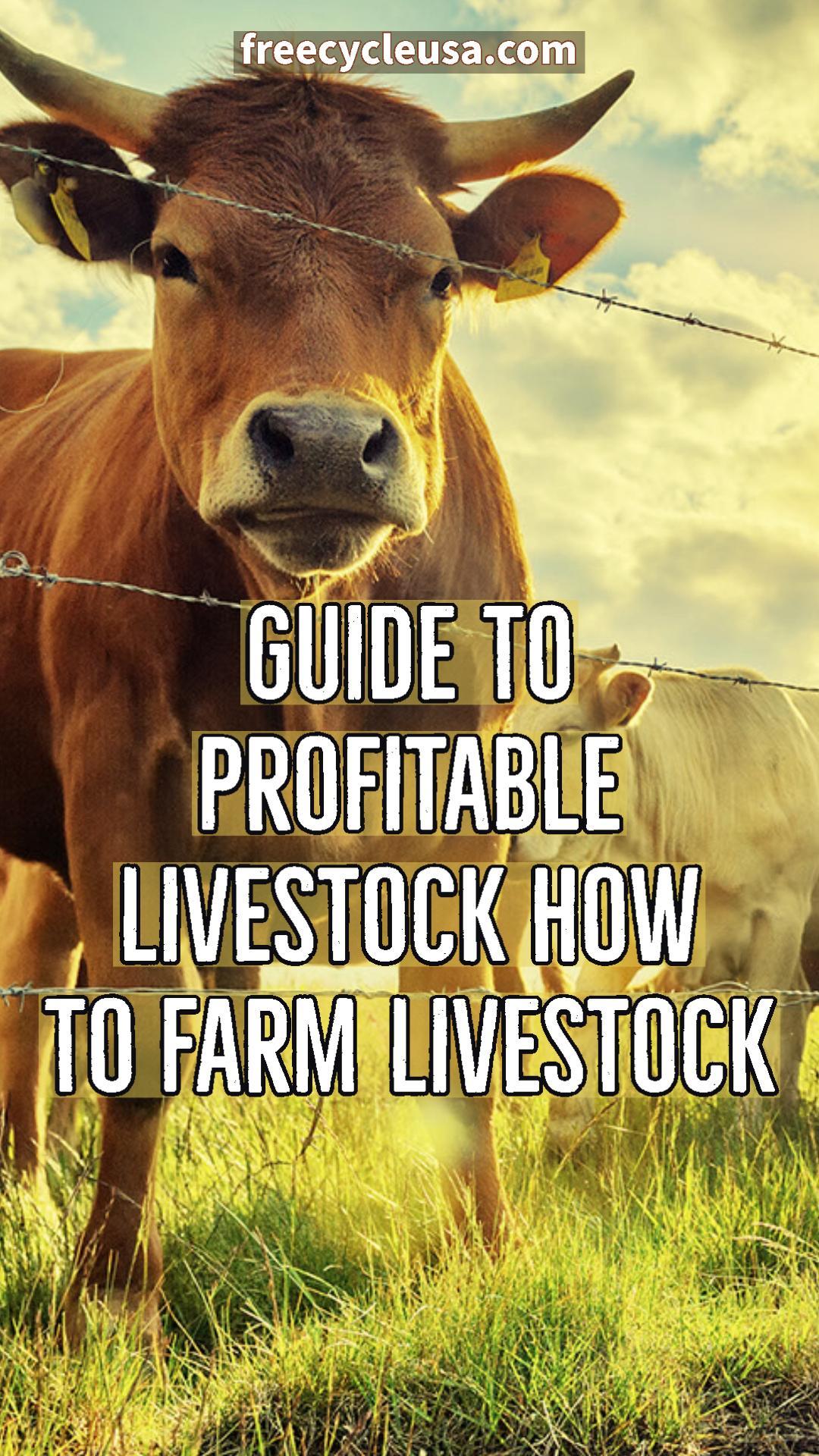Guide To Profitable Livestock | How To Farm Livestock | Livestock Farming For Beginners
Livestock Farming For Beginners
How To Start Your Very Own Livestock Farm And Raise Healthy Profitable Livestock Even If You're Just Starting Out In Productive Livestock Farming”
“That's Right, This Is A Beginner's And Advanced Farmers Guide To Raising Cattle, Turkeys, Yaks, Horses, Geese, Sheep, Swine, Goats, Chickens, Alpacas, Water Buffaloes, Llamas, Ducks Plus Rabbits Easily And Avoid
Costly Mistakes That Livestock Owners Are Prone To!”
Keeping livestock and raising animals for meat, eggs, or milk is a time-tested way to add value to a small piece of land. It’s also an excellent way to take advantage of natural resources on your property and create a new source of income. Even if you live in the city, there are probably nearby farms where you can get started with livestock. If not, perhaps you know someone who has space for you to keep a few animals in their backyard or co-own animals together. There are many different types of livestock operations, each requiring its own set of skills and management strategies. But no matter where you start, the principles are the same: Know your costs; plan carefully; monitor frequently; and stay organized.
Decide Which Animals Are Right For You
Before you start any kind of livestock operation, think carefully about your goals and strengths. For example, if you are more interested in eggs than meat, consider chickens. If you want to raise an animal that can provide more fertilizer than food, goats may be a good fit. Are you interested in preserving rare breeds? If so, contact your local land grant university. They often have a rare breed program that is looking for people to raise these species. Are you interested in sustainable, pasture-raised meats or organic eggs? Chickens and turkeys are a good place to start. Do you have children who would benefit from learning about livestock? Goats, chickens, and pigs are good starter animals because they require less space than cattle or sheep and can be kept in a fenced area in the backyard. Are you interested in lower-maintenance animals? Goats are particularly good at being self-sufficient, while cows need to be in a barn and sheep need special care.
Set-up Costs
There are a few essential costs that you need to consider before you get started. First, you need to be aware of how much space each animal will take up because you don’t want to get in over your head. This information can help you decide how many animals to start with. Cows need about 10 acres of pasture per head, while pigs need about 2 acres. If you are keeping chickens or turkeys, you should keep at least 2 per 100 square feet. For goats, the recommendation is 2 per 100 square feet or 3 per acre of land. Budget for fencing, too. Cows, sheep, and goats will need a rail fence to keep them out of gardens and crops. Pigs can be kept in a fence-free area, but chickens should be kept in a fenced area to protect them from predators.
Ongoing Costs
Once you’ve purchased your animals, the next step is to understand the ongoing costs of maintaining a livestock operation. Some of these expenses are upfront costs, while others are ongoing and often not obvious. An important upfront cost to keep in mind is that you will need to purchase appropriate feed for each species of livestock. For example, cows need hay in the winter months when there isn’t enough grass. Turkeys need corn, while chickens can eat a wide variety of feed, including corn, soybeans, and even household scraps. Careful record-keeping is key to ensuring an adequate supply of feed. You need to account for factors such as the number of growing animals on your farm and the amount of feed each species needs.
Pros and Cons of Livestock Farming
Pros – You control who gets the meat and when it gets eaten. – You can sell the eggs and milk directly to consumers. – You can learn a new skill and add to your self-reliance. – You can use natural resources on your property to produce more. – You can supplement your income. Cons – It’s a huge commitment of your time and energy. – You will have to learn new skills. – There are significant upfront costs. – You need to be prepared for risk. – You need to be prepared for the death of animals. Livestock farming is a time-consuming and challenging pursuit. You need to be ready for a significant amount of risk and the potential for loss. You also have to be ready for a lot of hard work. By choosing to raise livestock instead of growing crops, you are taking on a lot more work. However, it can be very rewarding and is a great way to get more out of your land.
Breeds You Can Raise: Eggs and Meat
For small-scale farmers who want to produce both meat and eggs, chickens are a great option. With heritage breeds, you can get both meat and eggs at the same time. For meat and eggs, you can also consider turkeys, but they take up more room than chickens. If you want to raise both at once, keep in mind that turkeys are ready to be butchered before chickens. Pigs are another good choice for small-scale farmers who want to produce both meat and eggs. They take up less room than cows and can be raised in a fenced area.
Breeds You Can Raise: Only Milk
If you only want to raise livestock for their milk, you have a lot of options. This can be a good choice if you have allergies or are concerned about the ethics of meat production. Goats are a popular choice for their milk. They are smaller animals that are easy to manage but need to be kept in a pen to protect them from predators. Goats are excellent for beginners because they can forage for food, so you don’t have to provide as much feed for them. Another option for growing only for milk is to put a dairy cow in with your regular cows. Their calves are usually sold, but you can keep the cow’s milk for yourself.
Conclusion
Livestock farming is an excellent way to get more value out of your land. It can also be a great way to earn income while learning new skills. Before getting started, it’s important to carefully consider your goals and strengths to determine which animals are best for you. There are many different types of livestock operations, each requiring its own set of skills and management strategies. Before you get started, make sure you know how much each operation takes up space-wise, what the upfront costs are, and what the ongoing costs are. You also need to be prepared for risk and be ready for the animals to die from time to time.







